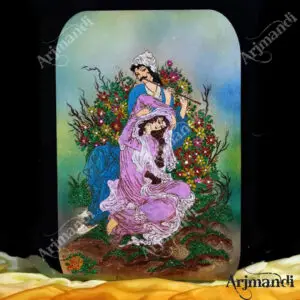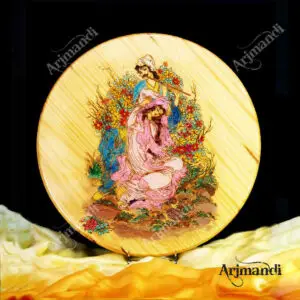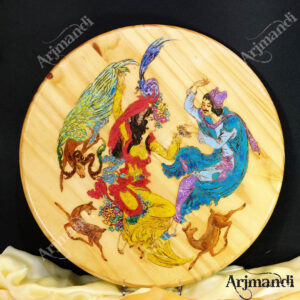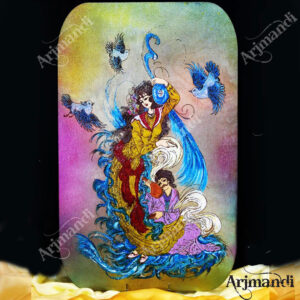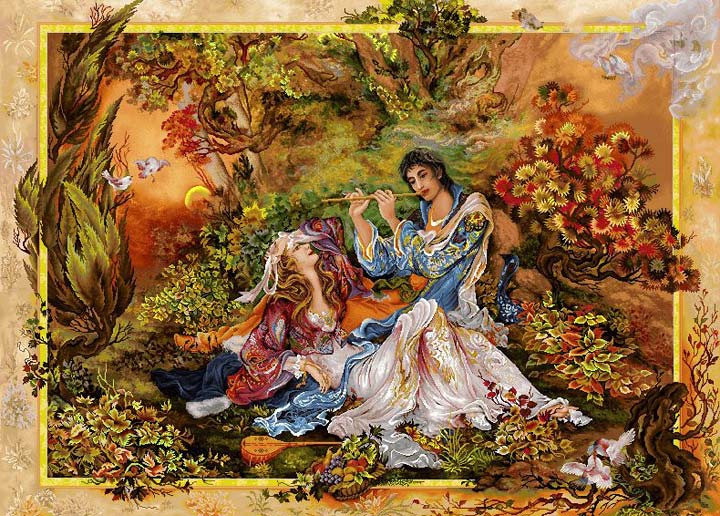
Leyli and Majnun: The Epic Romance of the East
The story of Leyli and Majnun is often compared to Romeo and Juliet in the East. It’s a tale of love, devotion, patience, and surrender. While the story has its roots in the Arab world, it truly blossoms in 7th-century Persian poetry and literature. Over time, many well-known poets from Persia, India, Afghanistan, Turkey, and Arabia have shared their own versions of this story.
One of the most famous retellings comes from Nizami Ganjavi, a Persian Sufi poet. Leyli and Majnun’s love story has become one of the most important and influential romances in Iranian history and literature. It has even become a symbol of pure, passionate love, so much so that in Iran, lovers are sometimes called “Leyli and Majnun.”
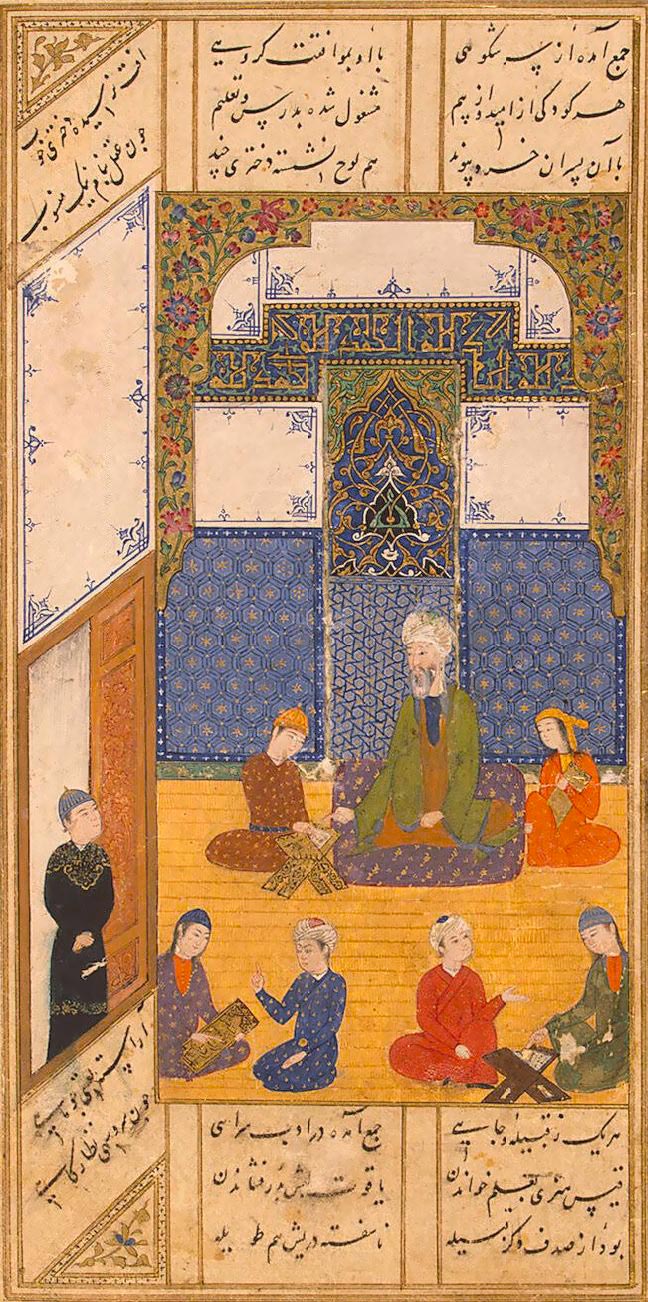
Qays, a young man from Arabia, falls in love with Leyli the moment he sees her at school. He immediately begins expressing his deep love for her by writing beautiful poetry. His love consumes him to the point where he dedicates his whole life to her. Because of this, people start calling him Majnun, meaning “madman” or “possessed by love.”
As the story spreads, Qays gathers the courage to ask Leyli’s father for her hand in marriage. But her father, who is strict and protective, rejects Qays, seeing his love as shameful.
Despite her true feelings, Leyli is forced to marry an older man named Ibn Salam. However, she refuses to be close to him and silently mourns her separation from Majnun.
Meanwhile, Majnun, heartbroken and devastated by the distance from Leyli, leaves his family and chooses to live alone in the wilderness. He suffers from loneliness, hunger, and lack of human contact, but continues to write poems for Leyli. His love for her remains strong and unwavering.
“My soul is free from the darkness of lust; love is the essence of who I am, love is fire, and I am wood.”
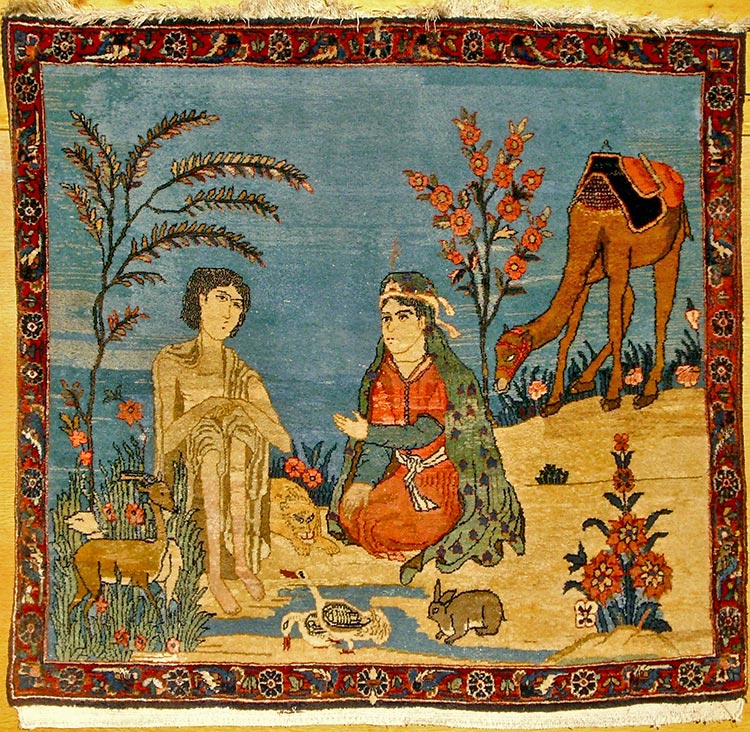
Years later, Leyli’s husband dies from grief. Afterward, Leyli is given a chance to meet Majnun secretly, thanks to a loyal friend. But even during these private meetings, Majnun never touches Leyli.
His love for her is sacred. Sadly, Leyli becomes ill from the pain of being apart from Majnun, and she dies. When Majnun hears the news, he searches for her and finds her grave. He cries over it until he dies, too. It is said that they are buried next to each other, and in the afterlife, they are reunited.
This story is not just about love but also about a spiritual journey. Majnun’s sacrifice for his ideal love makes him completely devoted to Leyli. His love transcends physical desire. In the end, despite all the pain, they are reunited in death. This beautiful love story has become a symbol of true love in Persian literature and culture, especially in Iran.
These paintings are inspired by the timeless tale of Leyli and Majnun. Through them, I’ve tried to capture the story’s emotional depth and spiritual beauty while blending the traditional art of Naghashi-Khat with my own artistic style and vision.
